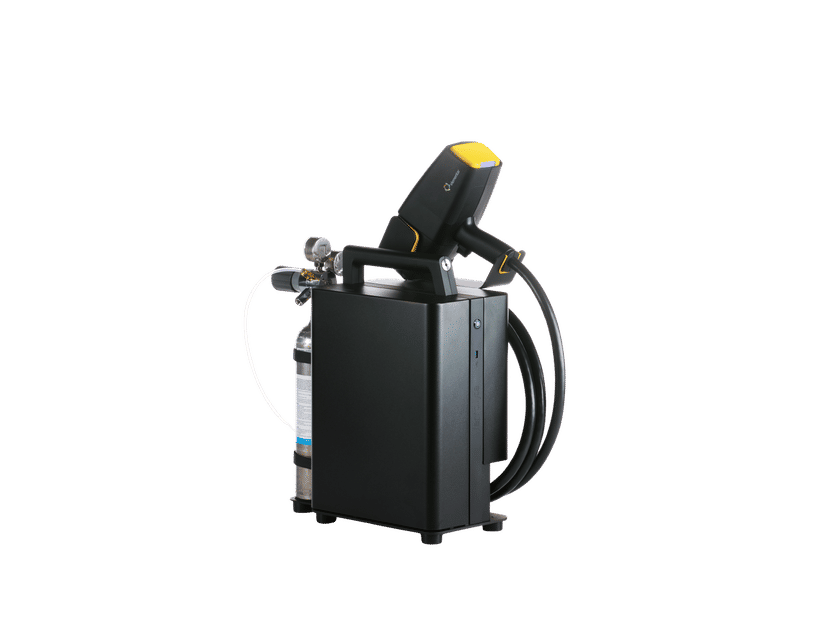Novel ion exchange membrane improves performance of vanadium redox flow batteries
Researchers have developed a hybrid membrane based on two-dimensional nanohybrid materials
The vanadium redox flow battery (VRFB) is a promising sustainable energy storage system. In a VRFB cell, an ion exchange membrane (IEM) is used to prevent formation of a cathode/anode short circuit and avoid electrolyte crossover and side reactions, while allowing proton conduction to keep the cell electrically neutral.

Symbolic image
Unsplash
To date, the perfluorinated sulfonic acid (PFSA) membrane is the most widely applied IEM for VRFBs. However, severe vanadium ion permeation of the PFSA membrane will shorten the life of the cell and cause unsatisfactory cell performance.
A research team led by Prof. LI Huiyun, Prof. YU Shuhui and Dr. YE Jiaye from the Shenzhen Institute of Advanced Technology (SIAT) of the Chinese Academy of Sciences has developed a hybrid membrane based on two-dimensional nanohybrid materials, which can improve the performance of VRFBs.
In the newly developed membrane, graphene oxide (GO) nanosheets were embedded in the PFSA matrix to act as a "barrier" to reduce vanadium ion permeation. The tungsten trioxide (WO3) nanoparticles were in-situ grown on the surface of the GO nanosheets to overcome the electrostatic effect and enhance the hydrophilicity and dispersibility of the GO nanosheets.
"These hydrophilic tungsten trioxide nanoparticles on GO nanosheet surfaces serve as proton active sites to facilitate proton transportation," said Dr. YE Jiaye, the first author of the study.
The porous polytetrafluoroethylene (PTFE) thin layer was sandwiched in the middle of the membrane as a reinforced layer enhancing membrane stability.
Under the synergetic effect of WO3@GO and the PTFE layer, the hybrid membrane exhibited high ion selectivity. The VRFB single cell with the optimized hybrid membrane delivered higher Coulombic efficiency and energy efficiency compared with that of the commercial Nafion membrane.
In their previous study published in Chemical Engineering Journal, this research team developed a sandwich structure composite membrane based on one-dimensional functionalized silicon carbide nanowires.
The researchers introduced functionalized silicon carbide nanowires in a perfluorinated sulfonic acid (PFSA) matrix and sandwiched an ultrathin porous polytetrafluoroethylene layer.
This hybrid membrane not only maintains good proton conductivity but also effectively reduces the penetration of vanadium ions, thus improving the performance of the VRFB cell.
These studies provide a preparation strategy for designing high-performance IEMs for VRFBs based on one-dimensional and two-dimensional modified materials, which can be extended to other fields including water treatment and fuel cells.
Original publication
Other news from the department science
Most read news
More news from our other portals
See the theme worlds for related content
Topic World Battery Technology
The topic world Battery Technology combines relevant knowledge in a unique way. Here you will find everything about suppliers and their products, webinars, white papers, catalogs and brochures.

Topic World Battery Technology
The topic world Battery Technology combines relevant knowledge in a unique way. Here you will find everything about suppliers and their products, webinars, white papers, catalogs and brochures.































































